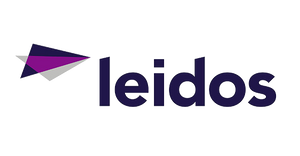





AI governance gap: Between principles and practices
Governance is action. It takes the form of a wide array of planning, approval, access control, monitoring, remediation, auditing, and numerous other tasks that must be undertaken throughout the development, deployment, and maintenance lifecycle of every AI project. If these actions are not undertaken, there is no governance regardless of whether there are AI governance committees, principles, and policies in place or the number of risk audits that have been undertaken of the organization’s AI portfolio.
Key reasons why AI governance needs automation
Governance is disconnected
Risks are only assessed at the end of a project leading to rework, workarounds, delays or projects that aren’t put into production.
Evidence isn’t collected
Information on what data was used, how it was processed, what methods were used, and what libraries were called, is not captured in the moment and must be recreated after the fact for reviewers.
Results are not reproducible
Artifacts from the project, datasets, versions of code, versions of models, specific environments, and outputs are not automatically captured or available to reviewers — delaying their ability to replicate and validate solutions.
Policies are complex and unclear
Applicable policies are uncertain and change as the scope and risks of projects evolve.
Processes are unenforceable
Systems don’t exist to prevent or grant secure access to risky data, environments, infrastructure, or third-party services when risks materialize or are mitigated.
Fragmented ecosystems
The AI lifecycle spans a growing range of tools, technologies, environments (clouds, on-premises), types of infrastructure, third-party services (e.g. hosted LLMs).
Everything is done manually
All governance activities, ranging from documentation to coordinating approvals are done manually.
AI governance that is actionable and dependable
Domino Governance gives customers the best of both worlds — applying governance across all AI to mitigate risks instantly, without stalling innovation — so governance is actionable and automated. Now everyone has the time and ability to adopt best practices so governance becomes a catalyst to deliver more value from AI, faster.
Domino Governance helps enterprises:
Accelerate impact
Streamline the model development and deployment processes
Improve innovation
More resources and efforts dedicated to innovation
Automate compliance
Seamless compliance documentation and reporting
Mitigate risk
Continuously monitor and validate models in production
Adapt swiftly
To new regulatory requirements and become a future-ready enterprise
Check out the Domino Governance Maturity Assessment

Industries trust Domino to govern mission-critical use cases
Mission-critical work is also the riskiest. That is why Domino Governance protects mission-critical workloads to ensure trustworthy, safe, ethical and responsible AI by default. See why the most highly regulated industries trust Domino to govern their most urgent, mission-critical use cases.
See how Domino solves the top challenges of AI governance


















